
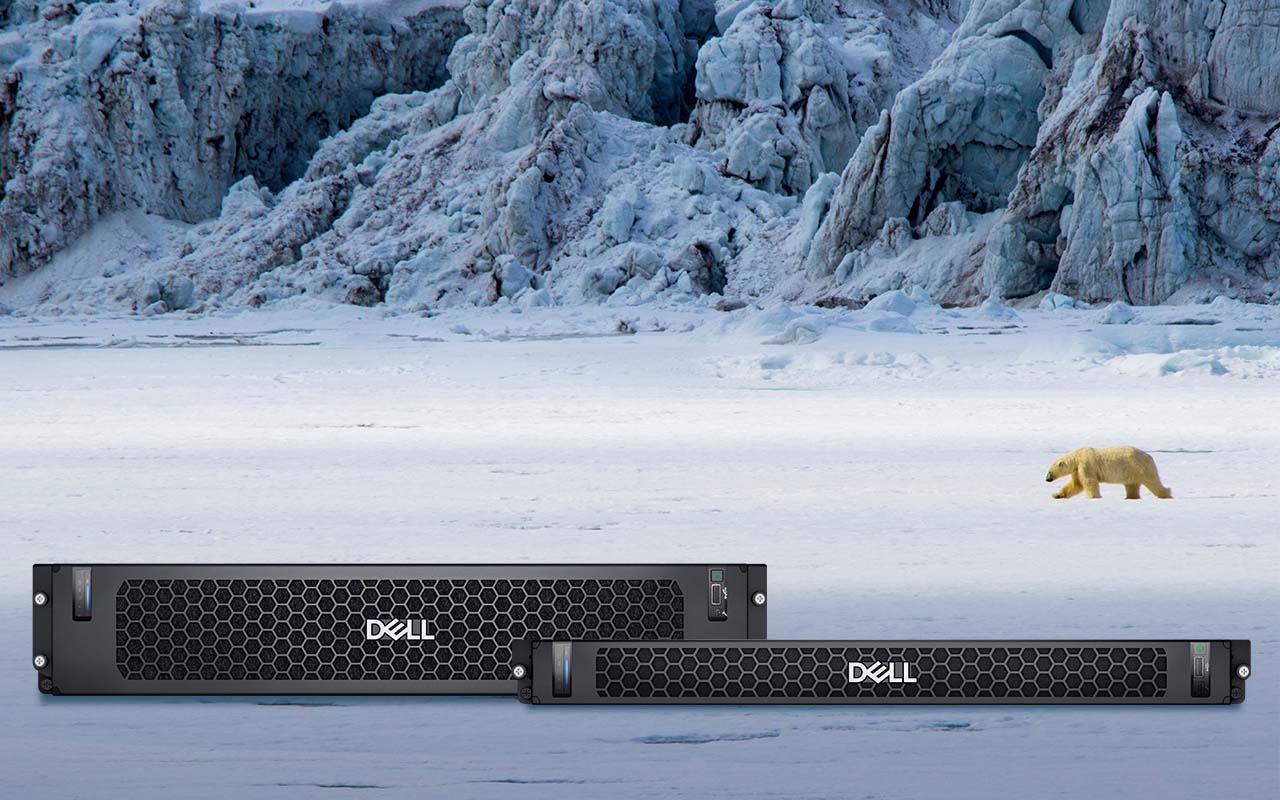
Dell’s PowerEdge XR7620 for Telecom/Edge Compute
Fri, 07 Jul 2023 15:03:04 -0000
|Read Time: 0 minutes
The XR7620 is an Edge-optimized short-depth, dual-socket server, purpose-built and compact, offering acceleration-focused solutions for the Edge. Similar to the other new PowerEdge XR servers reviewed in this blog series (the XR4000, XR8000, and XR5610)the XR7620 is a ruggedized design built to tolerate dusty environments, extreme temperatures, and humidity and is both NEBS Level 3, GR-3108 Class 1 and MIL-STD-810G certified. 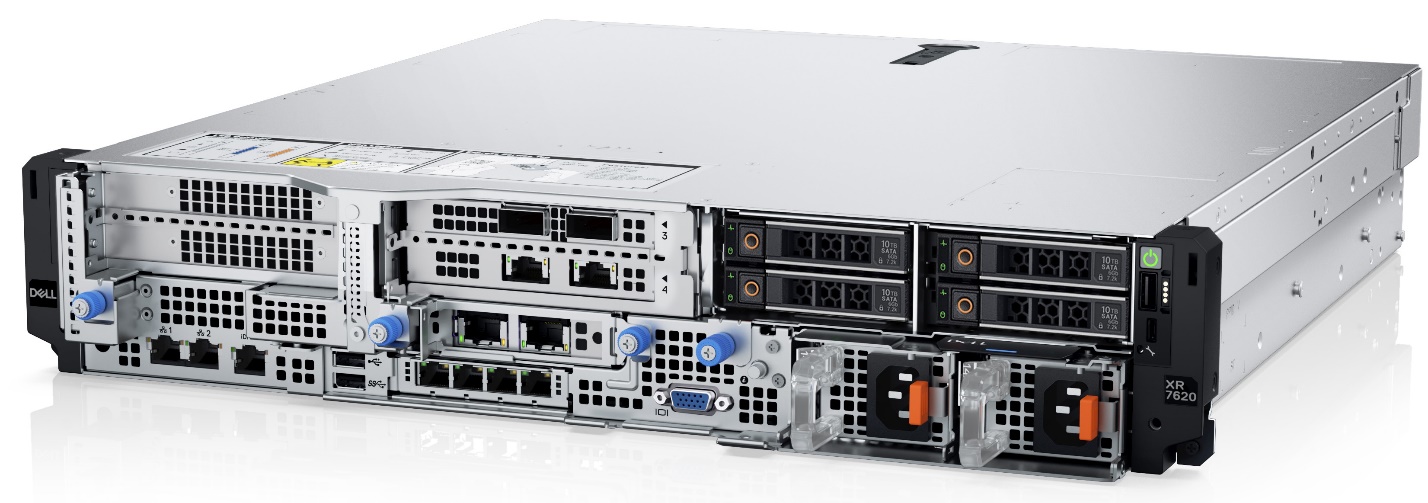 Figure 1. PowerEdge XR7620 Server
Figure 1. PowerEdge XR7620 Server
XR7620 is intended to be a generational improvement over the previous PowerEdge XR2 and XE2420 servers, with similar base features and the newest components, including:
- A CPU upgrade to the recently announced Intel 4th Generation Xeon Scalable processor, up to 32 cores.
- 2x the memory bandwidth with the upgrade from DDR4 to DDR5
- Higher performance I/O capabilities with the upgrade from PCIe Gen 4 to PCIe Gen 5, with 5 x PCIe slots.
- Enhanced storage capabilities with up to 8 x NVMe drives, BOSS support, and HW-based NVMe RAID.
- Dense acceleration capabilities at the edge where there the XR7620 excels, with support for up to 2 x double-width (DW) accelerators at up to 300W each, or 4 single-width (SW) accelerators at up to 150W each. Filtered bezel for work in dusty environments
Targeted workloads include Digital Manufacturing workloads for machine aggregation, VDI, AI inferencing, OT/IT translation, industrial automation, ROBO, and military applications where a rugged design is required. In the Retail vertical, the XR7620 is designed for such applications as warehouse operations, POS aggregation, inventory management, robotics and AI inferencing.
For additional details on the XR7620’s performance, see the tech notes on the servers machine learning (ML) capabilities.
The XR7620 shares the ruggedized design features of the previously reviewed XR servers, and its strength lies in its ability to bring dense acceleration capabilities to the Edge, but instead of repeating the same feature and capabilities highlighted in previous blogs, I would like to discuss a few other PowerEdge features that have special significance at the Edge. These are in the areas of:
- Security
- Cooling
- Management
Security
Security is a core tenant and the common foundation of the entire PowerEdge Portfolio. Dell designs PowerEdge with security in mind at every phase in the server lifecycle, starting before the server build, with a Secure Supply Chain, extending to the delivered servers, with Secure Lifecycle Management and Silicon Root of Trust then secures what’s created/stored by the server in Data Protection.
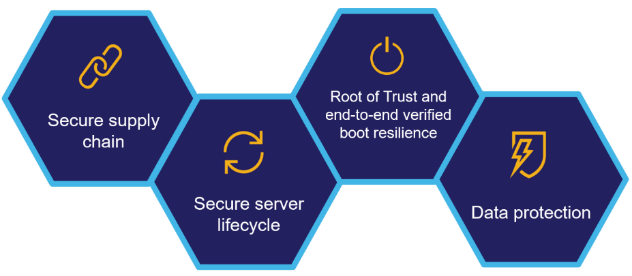 Figure 2. Dell's Cyber Resilient Architecture
Figure 2. Dell's Cyber Resilient Architecture
This is a Zero Trust security approach that assumes at least privilege access permissions and requires validation at every access/implementation point, with features such as Identify Access Management (IAM) and Multi-Factor Authentication (MFA).
Especially at the Edge, where servers are not typically deployed in a “lights out” environment the ability to detect and respond to any tampering or intrusion is critical. Dell’s silicon-based platform Root of Trust created a secured booth environment to ensure that firmware comes from a trusted, untampered source. PowerEdge can also lock down a system configuration, detect any changes in firmware versions or configuration and on detection, can initiate a rollback to the last known good environment.
Cooling
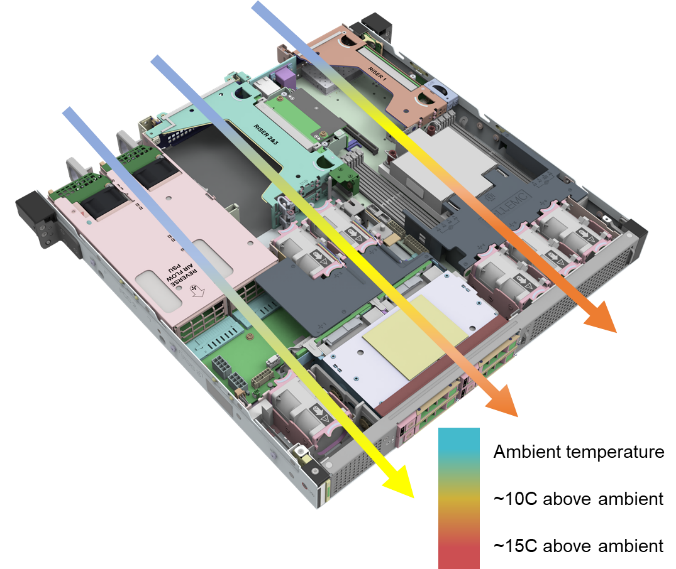 Figure 3. Intelligent Cooling DesignsAs covered in a previous blog, optimized thermal performance is critical in the design of resilient, ruggedized Edge Server designs. The PowerEdge XR servers are designed with balanced, cooling-efficient airflow and comprehensive thermal management that provide optimized airflow while minimizing fan speeds and reducing server power consumption. XR Servers have a cooling design that allows them to operate between -5oC to 55oC. Dell engineers are currentlyworking on solutions to extend that operational range even further.
Figure 3. Intelligent Cooling DesignsAs covered in a previous blog, optimized thermal performance is critical in the design of resilient, ruggedized Edge Server designs. The PowerEdge XR servers are designed with balanced, cooling-efficient airflow and comprehensive thermal management that provide optimized airflow while minimizing fan speeds and reducing server power consumption. XR Servers have a cooling design that allows them to operate between -5oC to 55oC. Dell engineers are currentlyworking on solutions to extend that operational range even further.
All PowerEdge XR servers are designed with multiple, dual counter-rotating fans (basically 2 fans in 1 housing) and support for N+1 fan redundancy. While for NEBS certification, fan failure is only “evaluated”, to certify as a GR-3108 Class 1 device, the server must continue to operate with a single fan failure, at a maximum of 40oC for a minimum of four hours.
Management
All Dell PowerEdge servers have a common, three tier approach to system management, in the forms of the Integrated Dell Remote Access Controller (iDRAC), Open Manage Enterprise (OME) and CloudIQ. These three tiers build upon Dell’s approach to system management, of a unified, simple, automated, and secure solution. This approach scales from the management of a single server, at the iDRAC Baseboard Management Controller (BMC) console, to managing 1000s of servers simultaneously with OME, to leveraging intelligent infrastructure insights and predictive analytics to maximize server productivity with CloudIQ.
Conclusion
The XR7620 is a valuable addition to the PowerEdge XR portfolio, providing dense compute, storage, and I/O capabilities in a short-depth and ruggedized form factor, for environmentally challenging deployments. But far and away, the XR7620’s best capability is a design that brings a dense GPU acceleration environment to the edge, while continuing the meeting the performance requirements of NEBS Level 3, an ability that has previously not been an option.
Dell’s focus on security, cooling, and management creates a solution that can be efficiently and confidently deployed and maintained in the challenging environment that is today’s Edge.
Author information
In closing out this blog series, I would like to thank you for taking your valuable time to review my thoughts on Design for the Edge. To continue these discussions, connect with me here:
Mike Moore, Telecom Solutions Marketing Consultant at Dell Technologies
Related Blog Posts

Dell Shifts vRAN into High Gear on PowerEdge with Intel vRAN Boost
Thu, 17 Aug 2023 18:33:05 -0000
|Read Time: 0 minutes
What has past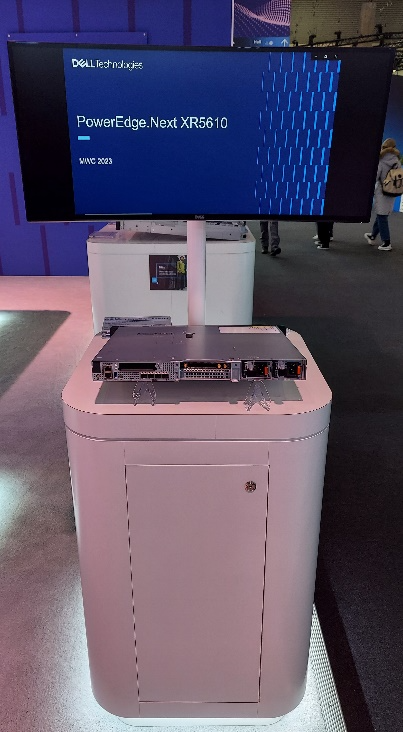
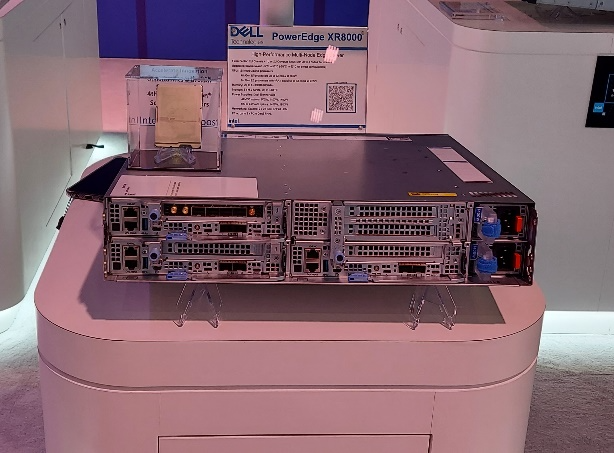
Mobile World Congress 2023 was an important event for both Dell Technologies and Intel that marked a true foundational turning point for vRAN viability. At this event, Intel launched its 4th Gen Intel Xeon Scalable processor, with Intel vRAN Boost, and Dell announced two new ruggedized server platforms, the PowerEdge XR5610 and XR8000, with support for vRAN Boost CPU SKUs.
The features and capabilities of the PowerEdge XR5610 and XR8000 have been highlighted in previous blogs and both have been available to order since May 2023. These new ruggedized servers have been evaluated and adopted as Cloud RAN reference platforms by NEPs such as Samsung and Ericsson. Short-depth, NEBS certified and TCO-optimized, these servers are purpose-built for the demanding deployment environments of Mobile Operators and are now married to the Intel vRAN Boost processor to provide a powerful and efficient alternative to classical appliance options.
What is now
Starting August 16, 2023, the 4th Gen Intel Xeon Scalable processor with Intel vRAN Boost is available to order with the PowerEdge XR5610 and XR8000. These two critical pieces of the vRAN puzzle have been brought together and are now available to order from our PowerEdge XR Rugged Servers page with the following CPU SKUs.
| CPU SKU | Cores | Base Freq. | TDP |
|---|---|---|---|
6433 N | 32 | 2.0 | 205 W |
5423 N | 20 | 2.1 | 145 W |
6423 N | 28 | 2.0 | 195 W |
6403 N | 24 | 1.9 | 185 W |
Table 1. Intel vRAN Boost SKUs available today from Dell
Additional details on these new CPU SKUs and all 4th Gen Intel® Xeon® Scalable processors can be found on the Intel Ark Site.
These processors, with Intel vRAN Boost, integrate key acceleration blocks for 4G and 5G Radio Layer 1 processing into the CPU. These include:
- 5G Low Density Parity Check (LDPC) encoder/decoder
- 4G Turbo encoder/decoder
- Rate match/dematch
- Hybrid Automatic Repeat
- Request (HARQ) with access to DDR memory for buffer management
- Fast Fourier Transform (FFT) block providing DFT/iDFT for the 5G Sounding Reference Signal (SRS)
- Queue Manager (QMGR)
- DMA subsystem
One of the most interesting features of the vRAN Boost CPU is how this acceleration block is accessed by software. Although it is integrated on-chip with the CPU, the vRAN Boost block still presents itself to the Cores/OS as a PCIe device. The genius of this approach is in software compatibility. Virtual Distributed Unit (vDU) applications written for the previous generation HW will access the new vRAN Boost block using the same standardized, open APIs that were developed for the previous generation product. This creates a platform that can support past, present (and possibly future) generations of Intel’s vRAN optimized HW with the same software image.
What is to come
Prior to vRAN Boost, the reference architecture for vDU was a 3rd Gen Intel Xeon Scalable processor along with a FEC/LDPC accelerator, such as the Intel vRAN Accelerator ACC100 Adapter, and most today’s vRAN deployments can be found with this configuration. While the ACC100 does meet the L1 acceleration needs of vRAN it does this at a price, in terms of the space of an HHHL PCIe card and at the cost of an additional 54 W of power consumed (and cooled). In addition, using a PCIe interface will further reduce additional I/O expansion options and impact the ability to scale in-chassis due to slot count – both of which are alleviated with vRAN Boost.
With the new Intel vRAN Boost processors’ fully integrated acceleration, Intel has taken a huge step in closing the performance gap with purpose-built hardware, while remaining true to the “Open” in O-RAN.
Intel says that, compared to the previous generation, the new Intel vRAN Boost processor delivers up to 2x capacity and ~ 20% compute power savings compared to its previous generation processor with ACC100 external acceleration. At the Cell Site, where every watt is counted, operators are constantly exploring opportunities to reduce both power consumption and the associated “cooling tax” of keeping the HW in its operational range, typically within a sealed environment.
Dell and Intel have worked together to provide early access Intel vRAN Boost provisioned XR5610s and XR8000s to multiple partners and customers for integration, evaluation, and proof-of-concepts. One early evaluator, Deutsche Telekom, states:
“Deutsche Telekom recently conducted a performance evaluation of Dell’s PowerEdge XR5610 server, based on Intel’s 4th Gen Intel Xeon Scalable processor with Intel vRAN Boost. Testing under selected scenarios concluded a 2x capacity gain, using approximately 20% less power versus the previous generation. We aim to leverage these significant performance gains on our journey to vRAN.”
-- Petr Ledl , Vice President of Network Trials and Integration Lab and Access Disaggregation Chief Architect, Deutsche Telekom AG
With such a solid industry foundation of the telecom-optimized PowerEdge XR5610s/XR8000s, and 4th Gen Intel Xeon Scalable processors with Intel vRAN Boost, expect to see accelerated deployments of open, vRAN-based infrastructure solutions.
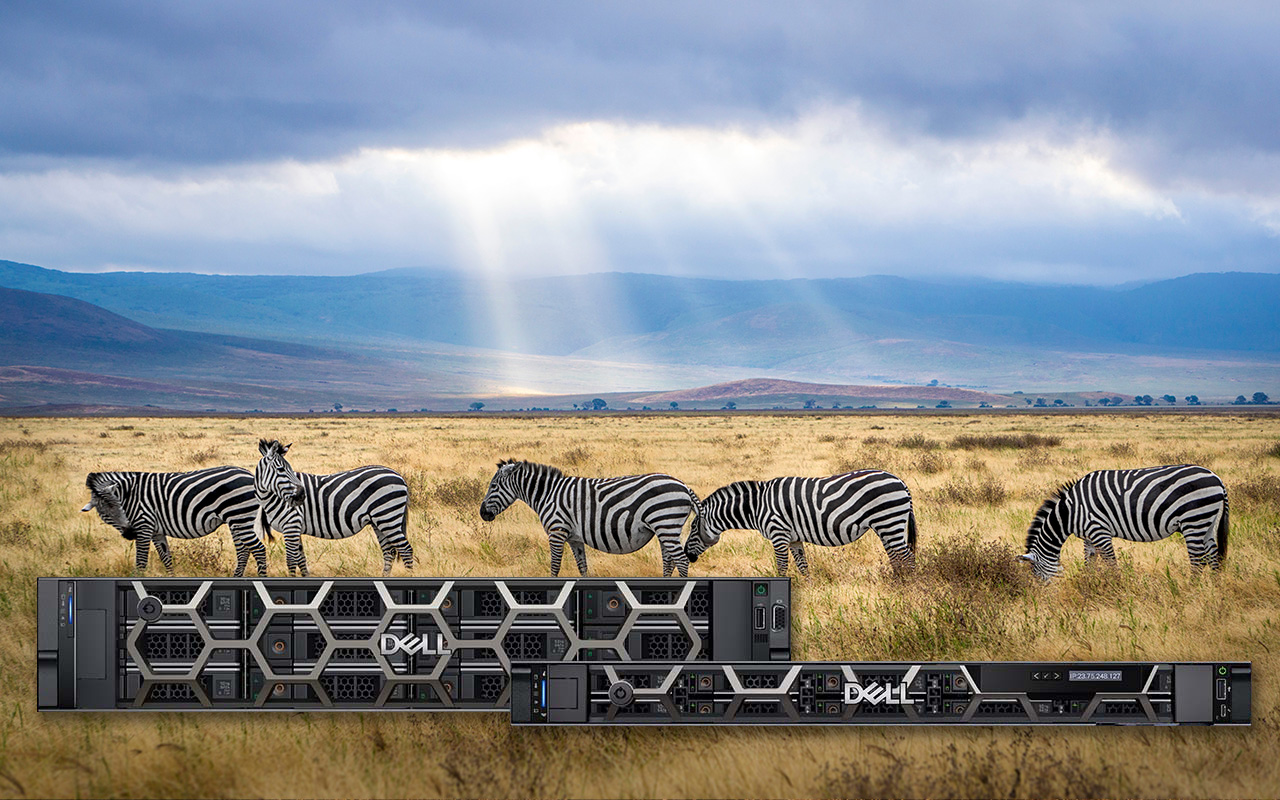
Dell’s PowerEdge XR4000 for Telecom/Edge Compute
Wed, 08 Feb 2023 18:04:19 -0000
|Read Time: 0 minutes
Compute capabilities are increasingly migrating away from the centralized data center and deployed closer to the end user—where data is created, processed, and analyzed in order to generate rapids insights and new value.
Dell Technologies is committed to building infrastructure that can withstand unpredictable and challenging deployment environments. In October 2022, Dell announced the PowerEdge XR4000, a high-performance server, based on the Intel® Xeon® D Processor that is designed and optimized for edge use cases.

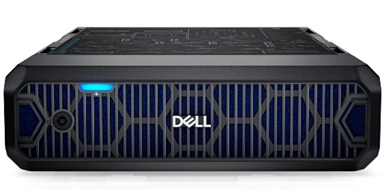

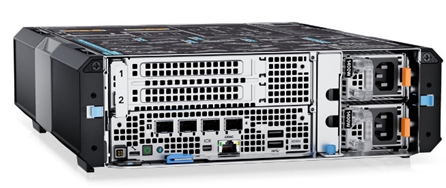
Figure 1. Dell PowerEdge XR4000 “rackable” (left) and “stackable” (right) Edge Optimized Servers
The PowerEdge XR4000 is designed from the ground up with the specifications to withstand rugged and harsh deployment environments for multiple industry verticals. This includes a server/chassis designed with the foundation requirements of GR-63-CORE (including -5C to +55C operations) and GR1089-CORE for NEBS Level 3 and GR-3108 Class 1 certification. Designed beyond the NEBS requirements of Telecom, the XR4000 also meets MIL-STD specifications for defense applications, marine specifications for shipboard deployments, and environmental requirements for installations in the power industry.
The XR4000 marks a continuation of Dell Technologies’ commitment to creating platforms that can withstand the unpredictable and often challenging deployment environments encountered at the edge, as focused compute capabilities are increasingly migrating away from the Centralized Data Center and deployed closer to the End User, at the Network Edge or OnPrem.
Attention to a wide range of deployment environments creates a platform that can be reliably deployed from the Data Center to the Cell Site, to the Desktop, and anywhere in between. Its rugged design makes the XR4000 an attractive option to deploy at the Industrial Edge, on the Manufacturing Floor, with the power and expandability to support a wide range of computing requirements, including AI/Analytics with bleeding-edge GPU-based acceleration.
The XR4000 is also an extremely short depth platform, measuring only 342.5mm (13.48 inches) in depth which makes it extremely deployable into a variety of locations. And with a focus on deployments, the XR4000 supports not only EIA-310 compatible 19” rack mounting rails, but also the “stackable” version supports common, industry-standard VESA/DIN rail mounts, with built-in latches to allow the chassis to be mounted on top of each other, leveraging a single VESA/DIN mount.
Additionally, both Chassis types have the option to include a lockable intelligent filtered bezel, to prevent unwanted access to the Sleds and PSUs, with filter monitoring which will create a system alert when the filter needs to be changed. Blocking airborne contaminants, as discussed in a previous blog, is key to extending the life of a server by reducing contaminant build-up that can lead to reduced cooling performance, greater energy costs, corrosion and outage-inducing shorts.
The modular design of the XR4000, along with the short-depth Compute Sled design creates an easily scalable solution. Maintenance procedures are simplified with an all-front-facing, sled-based design.
Conclusion
Specifying and deploying Edge Compute can very often involve selecting a Server Solution outside of the more traditional data center choices. The XR4000 addresses the challenges of moving to compute to the Edge with a compact, NEBS-compliant, and ruggedized approach, with Sled-based servers and all front access, reversible airflow and flexible mounting options, to provide ease of maintenance and upgrades, reducing server downtime and improving TCO.


